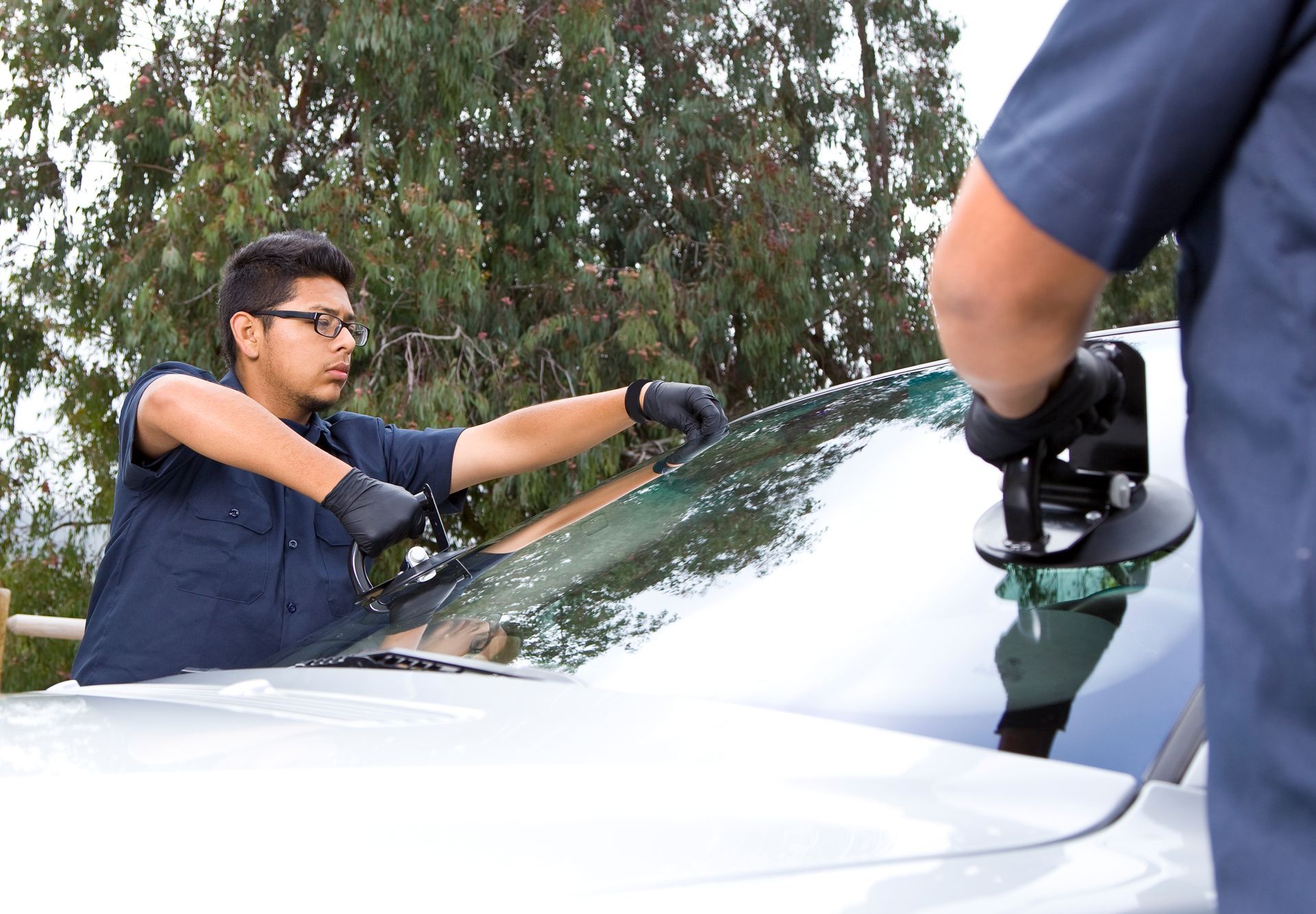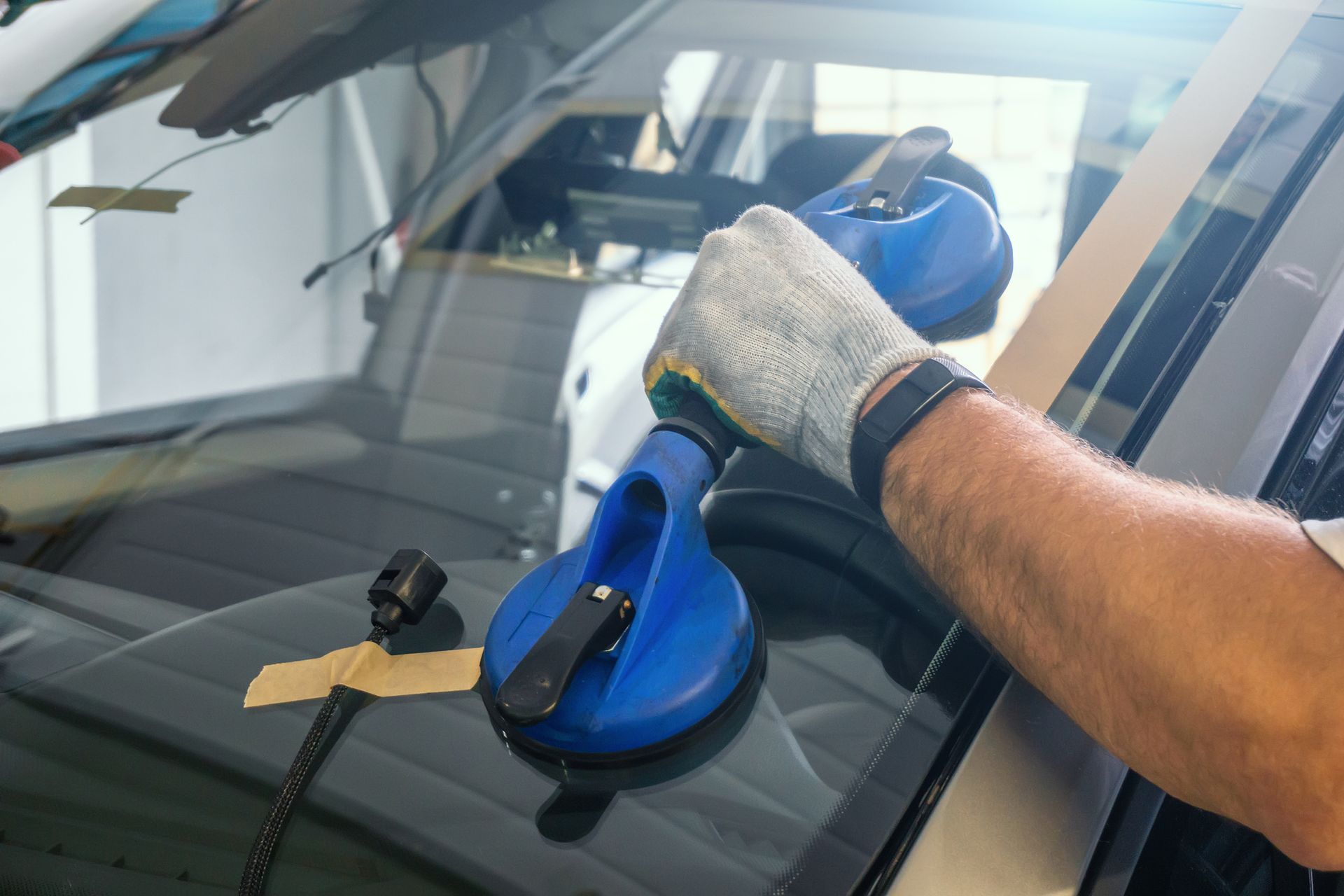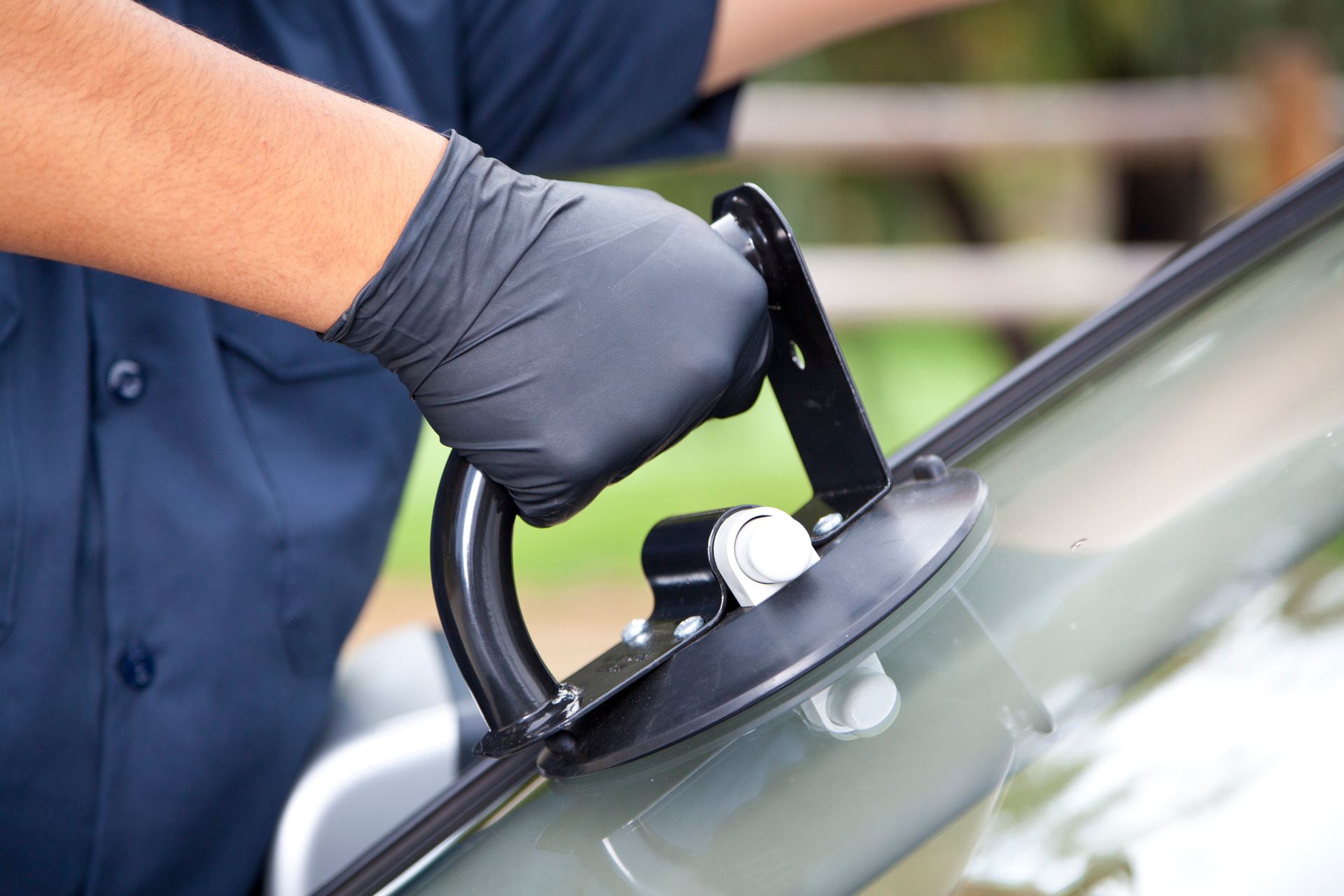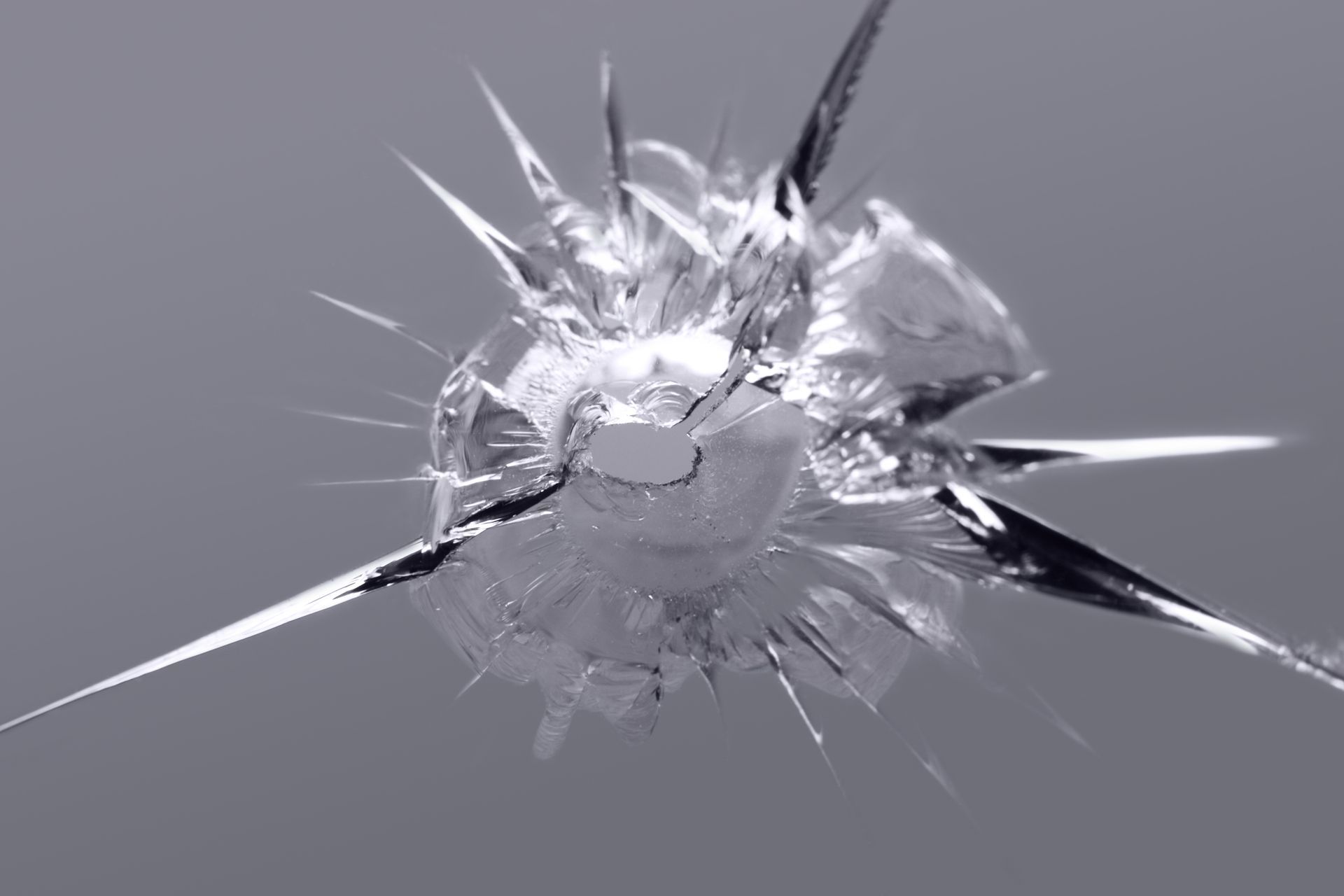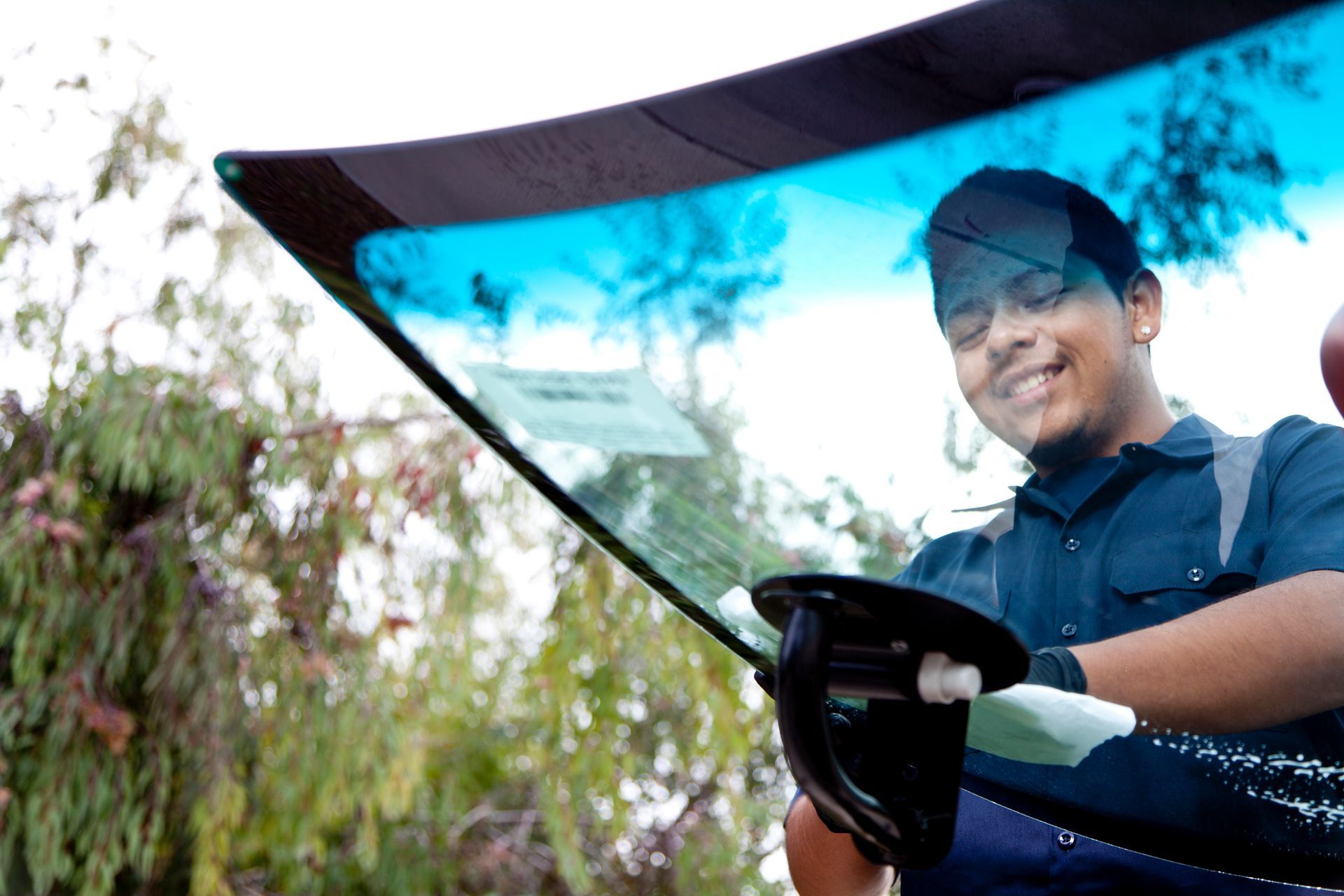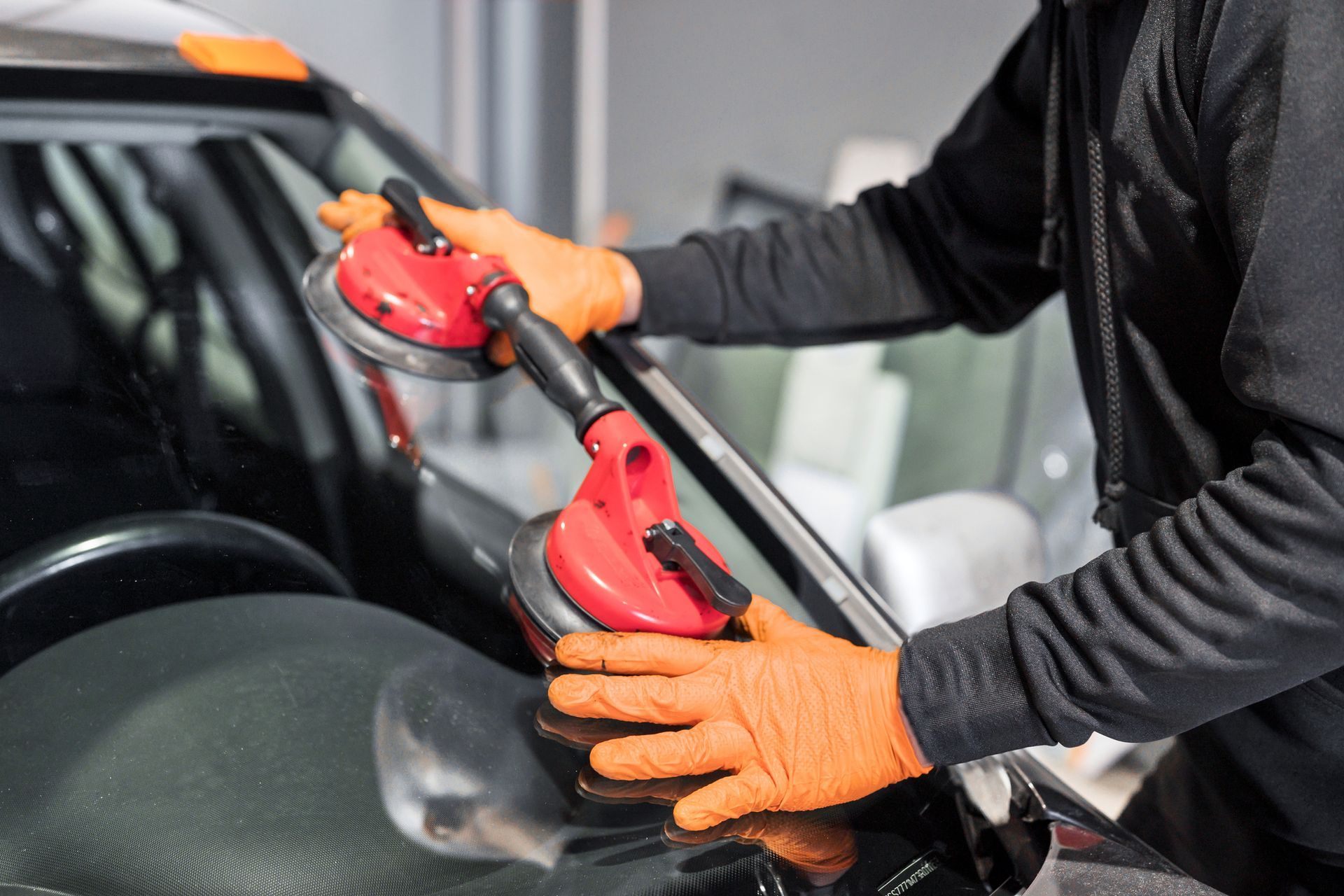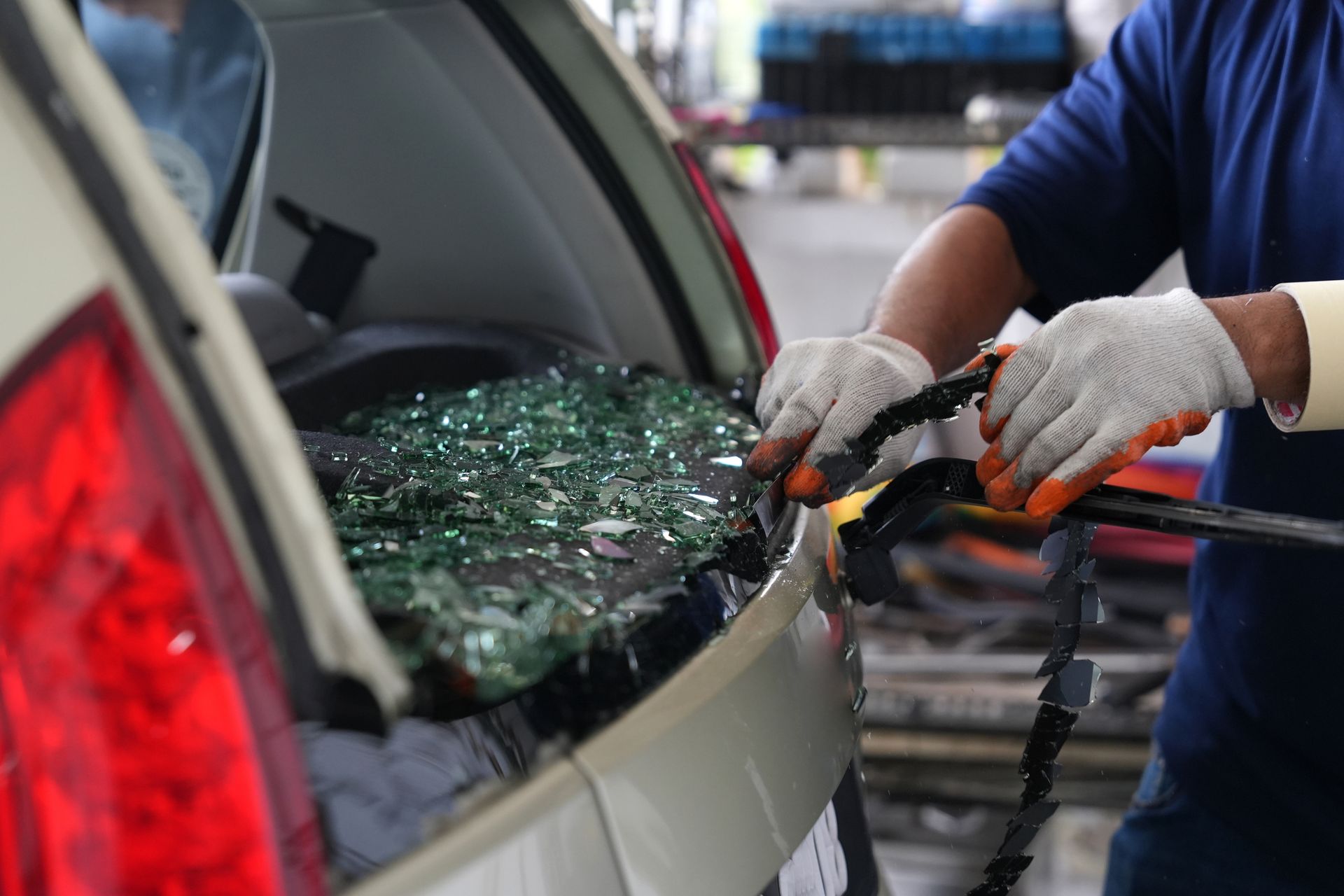The Windshield Leaks Guide: Your Top FAQ Answered

Often underestimated, windshield leaks can escalate into severe problems if left unattended, causing serious damage to your vehicle's interior or even compromising the structural integrity of the vehicle.
This blog will delve into windshield leaks, covering the causes, prominent signs, and comprehensive tests to detect them. Instead of ignoring and hoping the problem will disappear, understanding these aspects will empower you to act swiftly and responsibly.
What is a Windshield Leak?
A windshield leak happens when water seeps into the car's interior via the windshield's crevices or openings. It might be unseen for a while, but ignoring it will harm the car's interior. To avoid more issues, prompt action is required.
What Are the Common Signs of a Windshield Leak?
The presence of humidity within the vehicle is the primary indicator of a windshield that is leaking. The inner surface of the windshield may feel moist or foggy as a result. These things happen when there is too much water inside the vehicle, which might happen if the windshield is leaking.
Rust marks on the dashboard are another telltale indicator of a windshield leak. Rust stains can form on metal components that come into touch with water after it gets inside the car. You can see these stains on the dashboard, the floor mats, and seats.
A few telltale symptoms of a windshield leak include condensation on the windshield and an odor of mustiness within the car. Mold and mildew thrive in damp environments, which is exactly what happens when water gets inside a car. An unpleasant and persistent musty smell may develop as a result.
A consistently leaky windshield can lead to electrical faults in the car and the symptoms listed above. This is because water has the potential to enter the vehicle's sensors, resulting in their malfunction. For example, if the windshield leaks into the engine control sensors, it could make starting or driving the car difficult.
How Can You Find Out You Have a Windshield Leak?
You can undertake a few checks to determine if a windshield is leaking. First, there is the soapy water examination, which entails spraying the windshield trim with water and soap before directing air pressure from within the vehicle to the trim. The presence of bubbles on the windshield's outside indicates a leak.
Another possible test is the hose test, in which one individual sprays water onto the windshield while someone else remains inside the vehicle and checks for any signs of water seepage. Despite the messiness, this test can efficiently pinpoint where a windshield leak is.
What Might Cause This Issue?
A broken seal around the glass is by far the most prevalent reason. Inadequate installation of the windshield or installation during inclement weather might cause this. The lack of a flush fit between the windshield and the frame indicates a loose seal, which might result from a badly placed windshield.
Another possible cause of windshield leaks is damage to the glass, such as a chip or crack. Water can enter through even the slightest fracture in the glass and cause leaks. That is why you should immediately fix windshield chips and cracks to stop them from worsening.
Installing a windshield correctly requires careful application and full drying of the glue that holds the glass in place. A poor seal and possible leaks down the road can result from improper adhesive application or not letting the windshield dry completely before driving.
How Can You Resolve the Issue?
Get in touch with a reliable vehicle glass repair service when you notice a leak in your windshield. Trying to fix the leak on your own can worsen the problem and cause more damage.
Contact us at MS Glass Outlet for auto glass repair and replacement services in our select stores in Oregon and Washington.


